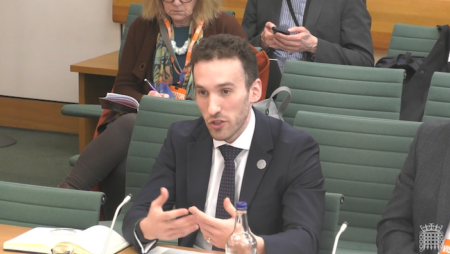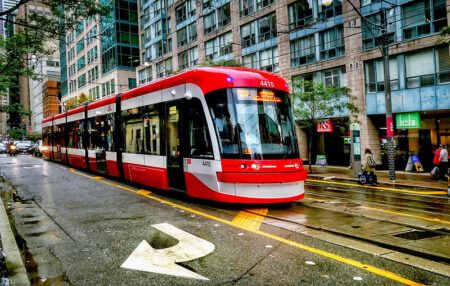The Spanish subsidiary of ITS firm Kapsch TrafficCom has successfully installed the mobility and safety elements for the first traffic light priority system for buses in Madrid, Spain, helping to reduce the travel time between the Valdebebas neighborhood and Ramón y Cajal Hospital by 40%.
The traffic light priority system is part of the city’s first bus rapid transit (BRT) service, which was launched in June this year. The BRT, which connects the Valdebebas neighborhood, which has grown rapidly in recent years, with the Hospital Ramón y Cajal in the north of Madrid, has cut journey times between the two locations from from 50 minutes to below 30 minutes. The BRT line has a total length of 31km,19km of which are on exclusive lanes.
The new traffic light system helps buses get green lights automatically, reducing stops and making routes faster and more reliable. This is done via on-board beacons that register when the vehicle passes loops embedded in the pavement, with a signal then sent to traffic lights.
As part of the project, Kapsch TrafficCom has supplied and installed 62 traffic light controllers from its EcoTrafix platform, as well as 10 CCTV cameras and the communications network for the hardware.
In addition, more than 12km of fiber optics have been installed to transmit the information and images from the 10 new cameras to the Mobility Management Centre, from where the correct functioning of the system is controlled.
Kapsch is also collaborating with Madrid City Council on various projects aimed at reducing congestion, reducing pollution and public health risks, as well as improving the road user experience by speeding up travel times.
“The concentration of population in the suburbs requires public institutions to offer new, more sustainable mobility models that respond to the daily needs of citizens. Our collaboration with the Madrid City Council highlights this priority, putting our knowledge and technology at the service of a new urban mobility,” said Javier Aguirre, CEO of the Spanish organization.





